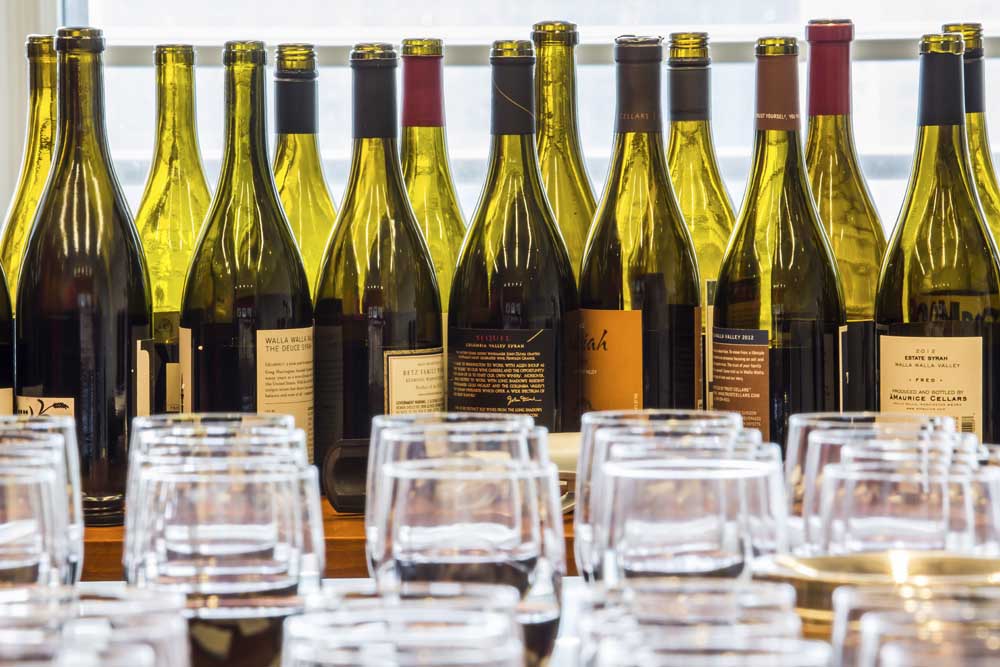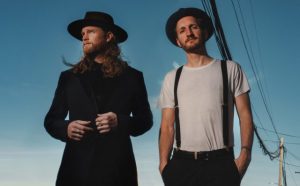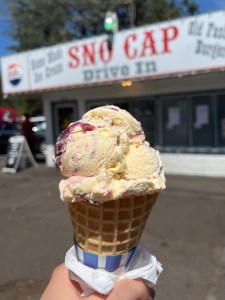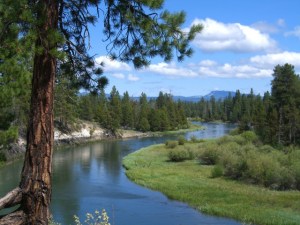Washington syrahs are growing up
Published 12:00 am Friday, May 6, 2016

- Tony Cenicola / New York Times News ServiceWashington state syrahs, arrayed for a tasting in New York. Washington growers have continued to invest in syrah, and though some producers continue to treat the varietal as a stand-in for cabernet sauvignon, a select few are producing noteworthy bottles.
Just a few years ago, Americans were shunning syrah. Consumers had turned a grass-roots cold shoulder to the wines, and without a pop-culture shove from the equivalent of “Sideways,” the 2004 movie in which an anti-merlot jeremiad sent sales reeling.
The collective verdict seemed to be that American syrah was simply not very good, distinctive or interesting.
Trending
California producers got the message. Many of them, no doubt, agreed with consumers. They realized that if they were going to make syrah, they had to do it with understanding and sensitivity, rather than treating syrah as if it were a stand-in for cabernet sauvignon.
Those who paid attention and loved syrah sought inspiration in the northern Rhône Valley of France, where the greatest syrahs are produced, like Hermitage, Côte-Rôtie, Cornas and St.-Joseph. They came to understand that syrah was more suited to cool climates, and that the winemaking demanded different methods from, say, cabernet. As a result, when the New York Times wine panel last tasted California syrah, in 2014, members were mightily impressed.
But what of the other major center for American syrah production, Washington state? Over the years, Washington growers have continued to invest in the grape. By 2015, about 16,000 tons of syrah grapes were produced, according to the Washington state Wine Commission, up from about 10,000 tons in 2011. At the same time, good Washington producers have been making an effort to seek out the best terroirs for their grapes.
The wine panel hasn’t paid attention to Washington syrah for a good long time. In our last tasting, back in 2005, we were sorely disappointed. As in California, many of them seemed generic: big, oaky and alcoholic, with vague fruity characters and none of the untamed distinctiveness of the best syrahs.
Encouraged by our last California syrah tasting, and hoping the wines from Washington had improved as well, we recently tasted 20 bottles of Washington syrah from the 2012 and 2013 vintages. For the tasting, Florence Fabricant and I were joined by Arvid Rosengren, sommelier for Charlie Bird, and Patrick Cappiello, wine director and a partner in Rebelle and Pearl & Ash.
The results were, shall we say, inconsistent. The best wines radiated syrah character, but with a density that comes with the sunny, warm climate in Eastern Washington. The problem was that we found far too few of these.
Trending
Too many wines were still powerful and generic, wines that were indisputably red but otherwise of little character. How could this be?
Good syrah is savory. Its aromas and flavors can be floral and mildly fruity, while also smelling and tasting like herbs, olives, crushed pepper and smoked, roasted meat. It can have a feral, almost savage quality, and it can also be fresh and bright. Yet too often, we tasted sweet fruit abetted by high alcohol, which contributes to the impression of sweetness, too much oak and little savory character.
This may be because too many vineyards are planted in the wrong places: fertile, loamy, warm sites rather than the rocky, cool sites that can help make syrah distinctive. Or it may be that some winemakers have not made the effort to focus specifically on syrah, instead using techniques more appropriate for cabernet or merlot.
Some of the better Washington producers were not in our tasting. I’ve followed Christophe Baron’s Cayuse Winery for years now, but the popularity of his excellent wines has pushed them into cult status. His syrahs are now too expensive for our tastings, which have a cap of $100 a bottle. Also, some of the better small-production labels, like Maison Bleue, were not found in any of the retail sites where we buy all our wines.
Our top bottle was the 2013 Beautiful cuvée from K Vintners, a well-balanced wine that hit many of the syrah touchstones of roasted meat, flowers and red fruit. K comes from Charles Smith Wines, a leading Northwest producer that has often seemed to emphasize personality and clever marketing (K Syrah, get it?) over serious winemaking, but this is an excellent counterexample.
No. 2 among our top 10, the 2013 In the Rocks Vineyard from Reynvaan, had the most pronounced northern Rhône qualities in our tasting. It was smoky, meaty and floral, juicy rather than heavy, and delicious to drink now.
Our No. 3 bottle was the 2012 Trust Cellars, savory and spicy yet dense and firmly tannic for now, a nice combination of New World and Old. It was also our best value at $30, which says something about this category: They are not inexpensive. If you are a fan of northern Rhône reds, these offer little incentive to investigate beyond curiosity.
What did our top three have in common? They all came from the Walla Walla district, where some of the most interesting terroir research has occurred, focusing on steep, stony hillsides that over the years may prove especially distinctive. In the future, I suggest looking for a new appellation approved in 2015, the Rocks District of Milton-Freewater, which, though paradoxically across the border in Eastern Oregon, is the site of some of Washington’s most interesting new vineyards.
Washington syrah has come a long way since our 2005 tasting. Many more producers are reconsidering what the grape requires in terms of vineyard site and winemaking. While we still found more downs than ups, the potential for syrah in Washington seems clear.








